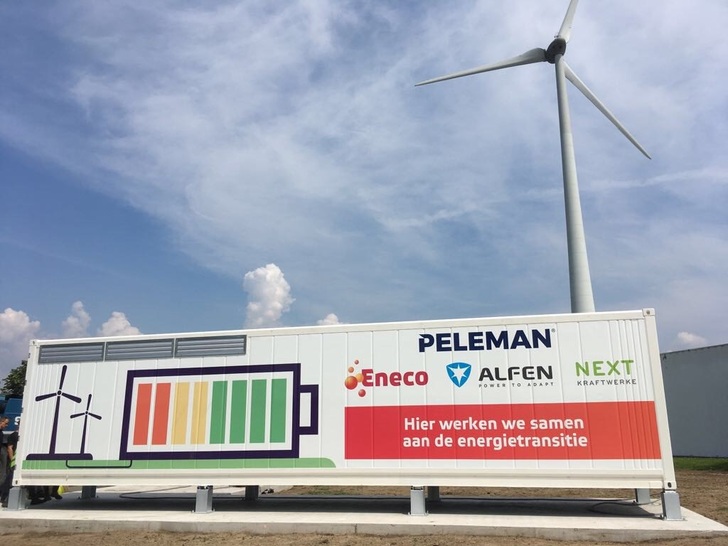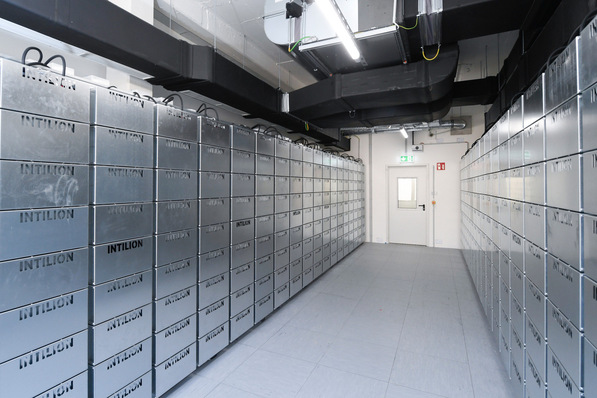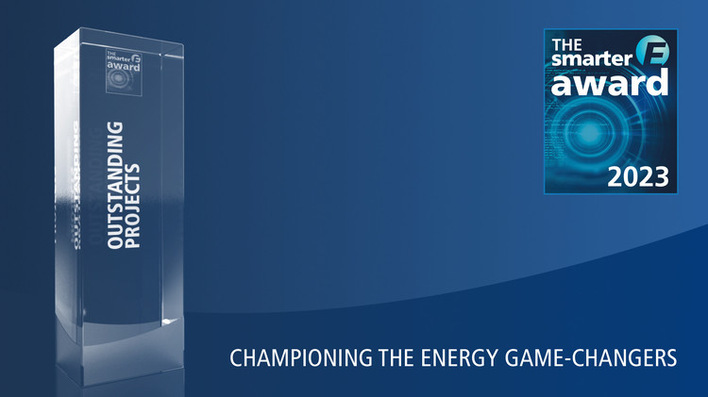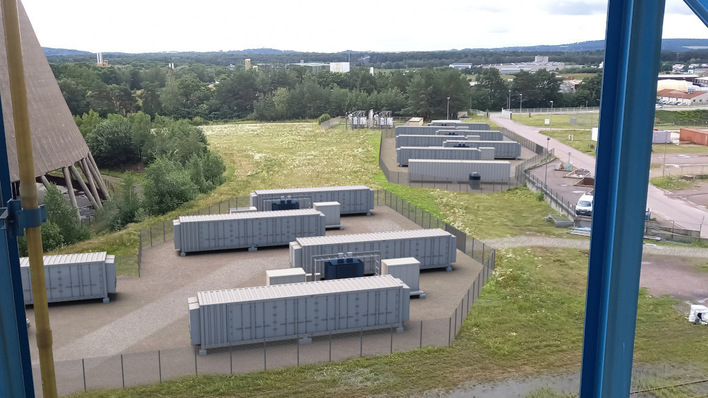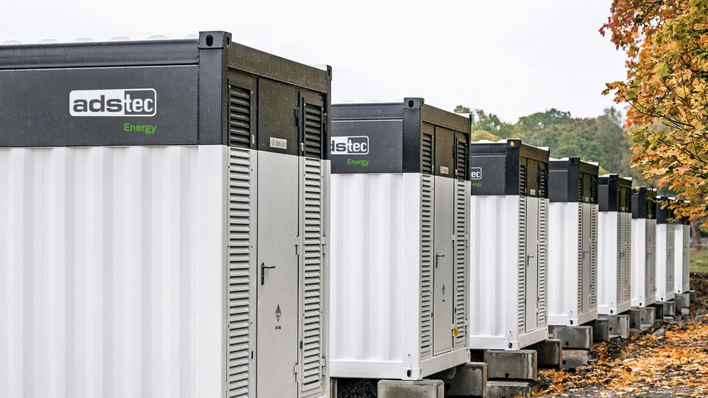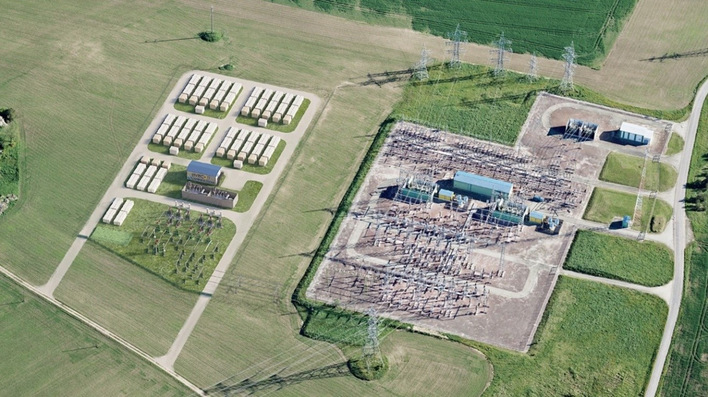The battery is connected through the Next Box, a remote-control unit, to the Next Pool. Via the Next Box, Next Kraftwerke is able to control the battery at all times as frequency control reserve (FCR) is delivered continuously.
Constant measurement of the grid frequency
“The Next Box constantly measures the grid frequency. This way, the battery set-point is updated in real time to counteract any frequency deviation from 50 Hertz”, says Paul Kreutzkamp, Co-Founder and Co-Manager of Next Kraftwerke Belgium. “Apart from using only sustainable energy, the response time of the battery is also much faster and more accurate than any other technology delivering FCR to the Belgian grid. It is the first battery connected to the distribution grid which is offering frequency control reserve to the national grid. We are very proud to have introduced this project with our partners Eneco, Peleman Industries and Alfen.”
Algorithms manage the charging strategy of the battery
The algorithms of the Next Pool central control system also assume responsibility for the charging strategy of the battery, always keeping it at the necessary charging level to deliver the synchronous 200 mHz FCR product to the Belgian transmission system operator. The charging strategy also takes other assets in the Next Pool into account, whose flexibility is combined with the battery in order to increase availability and thus security of supply. Furthermore, each asset is placed where its strength and highest value is: The battery and other assets operate within the inner frequency band in continuous response while another asset cluster complements with less frequent responses only when the frequency reaches very high or very low values. This way, the full 200 mHz FCR product can be provided jointly.
Located on the premises of printing company Peleman Industries
Located in Belgium on the premises of Peleman Industries, a company specialized in printed media products, the battery is as big as a shipping container and holds a capacity of two megawatt hours. In a later project phase, the team will work to align the charging strategy with the generation of the two wind turbines on site. As soon as there is excess wind, the battery will go into charging mode if capacity is available, thus increasing Peleman Industries’ self-consumption.
Strong experience with electricity grids
Yves Vercammen, sales manager for Alfen in Belgium, said: “Our energy storage system is deployed globally for various applications. Examples include providing peak power to fast-charge electric vehicles, energy trading, balancing the grid and providing a clean alternative for diesel generators to power festivals and events. In Belgium we already have experience with battery-based FCR delivery at the high-voltage grid. For this project at Peleman, we combined our decades long history with electricity grids and our technologically advanced storage system with the algorithms of Next Kraftwerke to provide an optimal solution for our client.”
“Balancing the grid is essential if we want to realize our core mission: Everyone’s sustainable energy. The energy transition creates new challenges and needs a strong focus on innovation. Therefore, we are very happy to have taken this step with such a great team of energy experts”, says Iwein Going, CEO at Eneco Solar & Storage Belgium. (HCN)
Stay informed, get our free newsletter twice a week. Register here
More useful information:
http://www.pveurope.eu/News/Energy-Storage/The-Haag-Smart-combination-of-PV-storage-and-e-mobility

